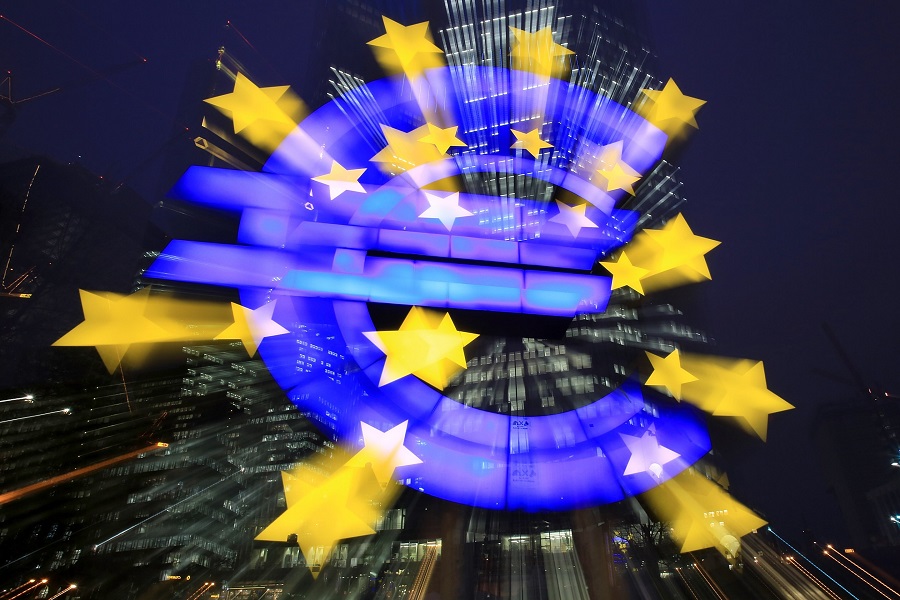
Eurozone consumers are revising their short-term inflation expectations downward, although the longer-term outlook remains unchanged, a new survey from the European Central Bank (ECB) has found. This adjustment takes place in the context of various economic changes within the region, including changes in actual inflation rates and manufacturing activity.
Decreasing short-term inflation expectations
According to the ECB's latest monthly consumer expectations survey, consumers now expect headline inflation to be 3.1% over the coming year, down slightly from their previous forecast of 3.3%. This revision to lower inflation expectations is noteworthy, especially since it marks the lowest level since Russia began its war against Ukraine in February 2022. ” This change in consumer sentiment could have a variety of effects on the euro area's economic outlook and monetary policy adjustments.
Long-term forecasts are stable
The survey found that despite the adjustment in short-term expectations, consumers' inflation expectations for the next three years remain stable at 2.5%. This stability in the medium-term outlook is consistent with the ECB's forecast that inflation will gradually slow and reach its 2% target by 2025. Actual inflation data for February supports this trajectory, with inflation falling to 2.6% from 2.8% in January, according to Eurostat. This downward trend in inflation is prompting policymakers to consider cutting interest rates, raising expectations that the ECB will cut its record 4% deposit rate as early as June.
Economic growth and manufacturing activity
The study sheds light on economic growth and manufacturing activity within the euro area. First, consumer expectations for economic growth over the next 12 months remain stable, with a modest contraction expected. Similarly, the forecast for next year's unemployment rate is expected to remain unchanged. This reflects a cautious but stable outlook among consumers. However, the situation for manufacturing activities is different. The euro area has seen a decline in this area. Specifically, the final Eurozone Manufacturing Purchasing Managers' Index (PMI) for March released by HCOB showed a contraction. This contraction was at a faster pace than that observed in February. Despite this downturn, there were some bright spots. Production index improved slightly. Additionally, there was a slight increase in optimism. These changes suggest that despite ongoing challenges, there may be signs of resilience in the manufacturing industry.
This in-depth look at the eurozone's economic landscape ranges from inflation expectations to manufacturing activity. Provides insight into the complex challenges facing policy makers. Finding a balance is important for the ECB to navigate these uncertain times. A balance between promoting economic growth and managing inflation is essential. The coming months will be critical given the mixed signals from consumer expectations and economic indicators. These will play an important role in defining the economic direction of the euro area.
Read more: EiTV chooses VisualOn Optimizer to improve video streaming efficiency
Read more: Global 5G connections surge to 1.76 billion
Read more: NASA analysis predicts global sea level rise in 2023 due to El Niño

